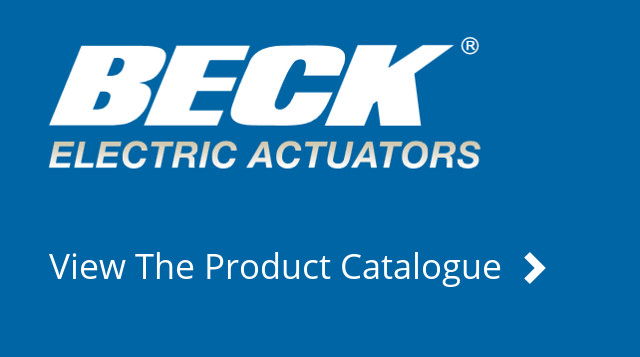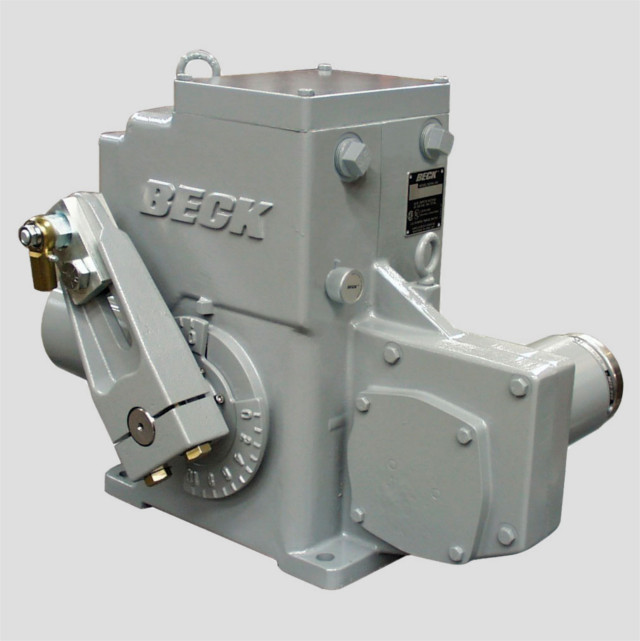The main difference between Beck’s actuator technology and that of other electric actuator manufacturers is the motor. This is particularly true when comparisons to other conventional electric actuators are made.
As a result questions often arise concerning motor duty cycle, availability, and the number of possible starts. The following information is an introduction to Beck’s motor technology, and how it contributes to the precise operation of the Beck actuator.
The motors used for Beck actuators are a permanent magnet, synchronous design. This type of motor is used in a wide variety of applications where precise control is required. Examples include computer disc drives and printers for business, laser eye surgery devices, and precision machine tools for manufacturing. Beck applies the technology to industrial-grade process control actuators.
The basic design consists of a permanently magnetized rotor and a stator with multiple coils of copper wire. When the stator coils are energized, they create an electro-magnet that interacts with the permanent magnet rotor. The rotor’s outer, and stator’s inner surfaces consist of multiple teeth that are separated by a small air gap. Because the rotor teeth are at a pitch where they cannot line up with the stator teeth, alternating phase changes within the stator’s electromagnet will cause the rotor to move.
With this type of motor design, it is possible for the rotor to advance one tooth-pitch for each complete cycle of the applied AC frequency. The result is the ability to make very small step changes. Once started, the motor will rotate at some frequency multiple of the AC electricity, thus at a slow constant speed, independent of the load. When the stator is de-energized, the motor can stop within approximately 1.5 line cycles.
The inherent benefits of the permanent magnet synchronous design include dynamic magnetic braking, impedance overload protection (will not burn-out), low rotor speed, and rapid acceleration and deceleration. Because torque is generated by the excitation of the permanent and electro-magnets, there is no slip, lag, or large inrush currents that are typical of conventional induction motors.
In theory, the Beck motor is capable of 20 starts/stops per second when powered by a 60 Hz line frequency. Here is the logic:
-
For a 60 Hertz line, one line cycle = 1/60 second
-
Since the motor can start in 1.5 line cycles, the motor takes (1/60)*(1.5) to start, and an additional (1/60)*(1.5) to stop.
-
Thus 1 second / 2*((1/60)*(1.5)) = 20 starts and stops per second.
-
Extrapolated out to one hour, an unloaded motor can theoretically start/stop 72,000 times. (This becomes 60,000 when using 50 Hertz power).
The above description shows the precision that the technology is capable of under ideal conditions. In application, motor start and stop times will vary based on model and load. In operation and at full load the stopping time may be extended to 25-30 milliseconds. But, even these reality based start/stop speeds are considered instantaneous for the purpose of motor operation. The important concept is that the motor speed and stepping frequency are tied to the AC line frequency, and this performance is key to the actuator’s positioning capabilities.
What the Beck actuator offers is a high degree of resolution (number of discrete steps), instantaneous response, and a positioning capability that closely tracks the process demand signal. The Beck drive helps eliminate actuator induced non-linearities in a control loop, allowing the user to tune aggressively.



